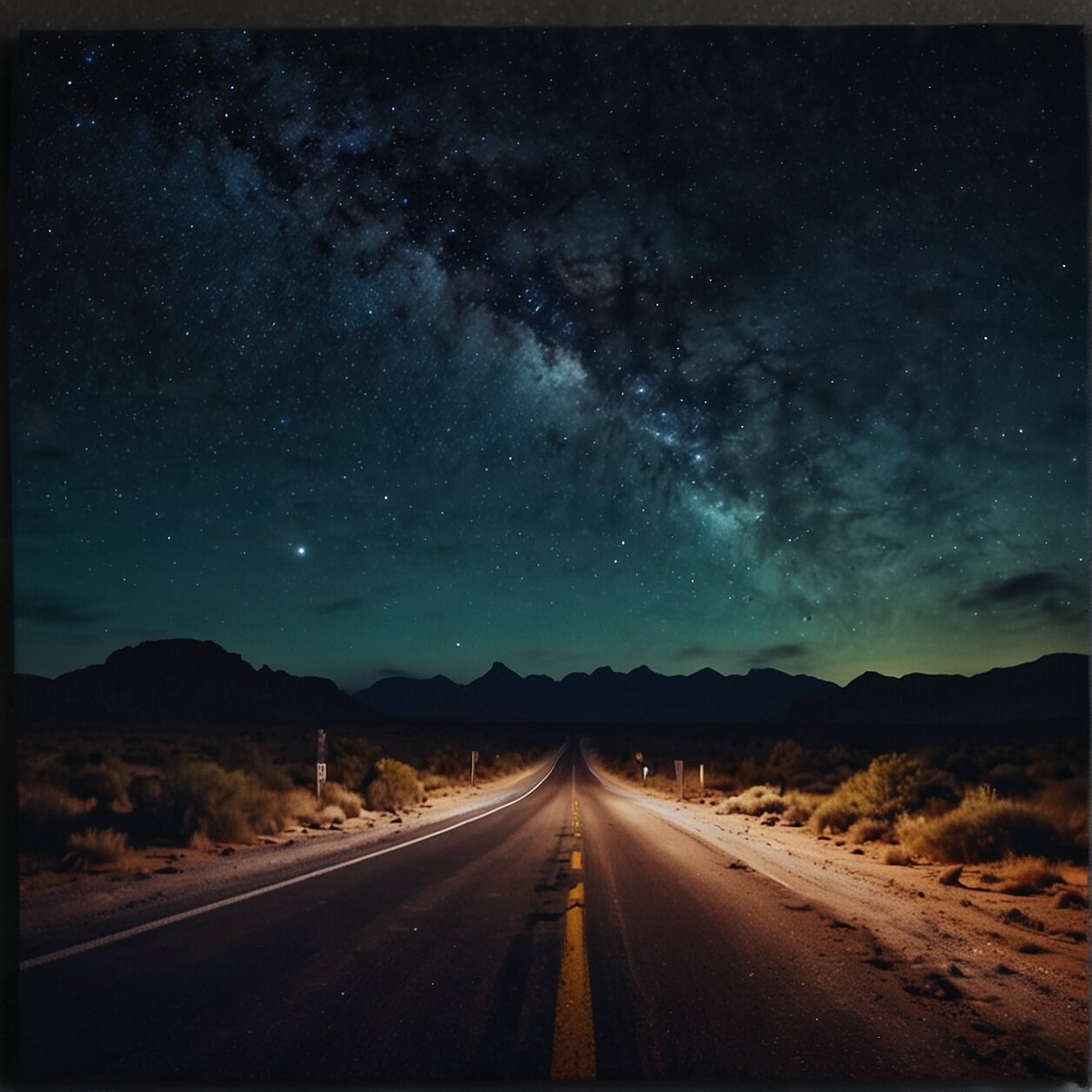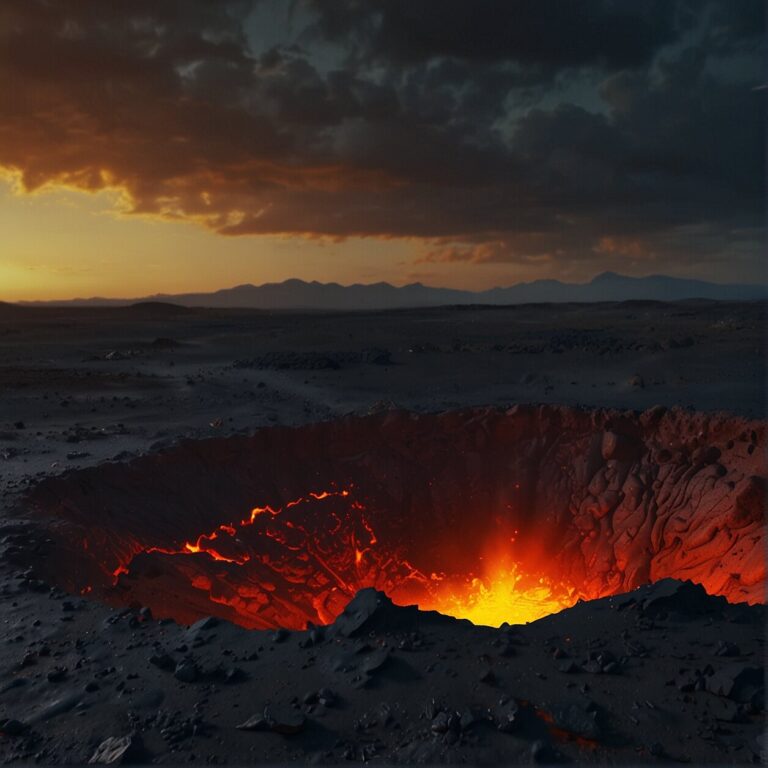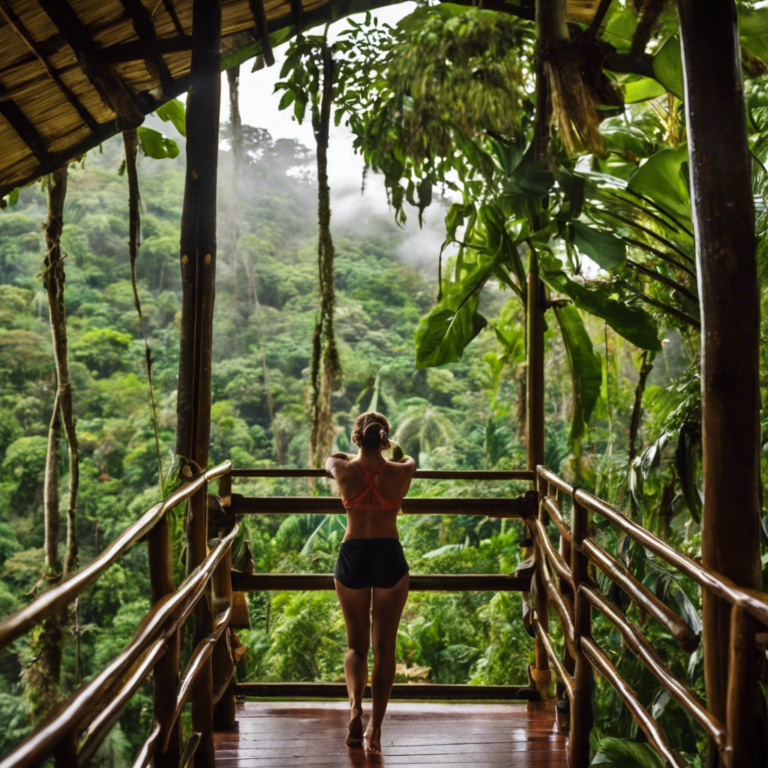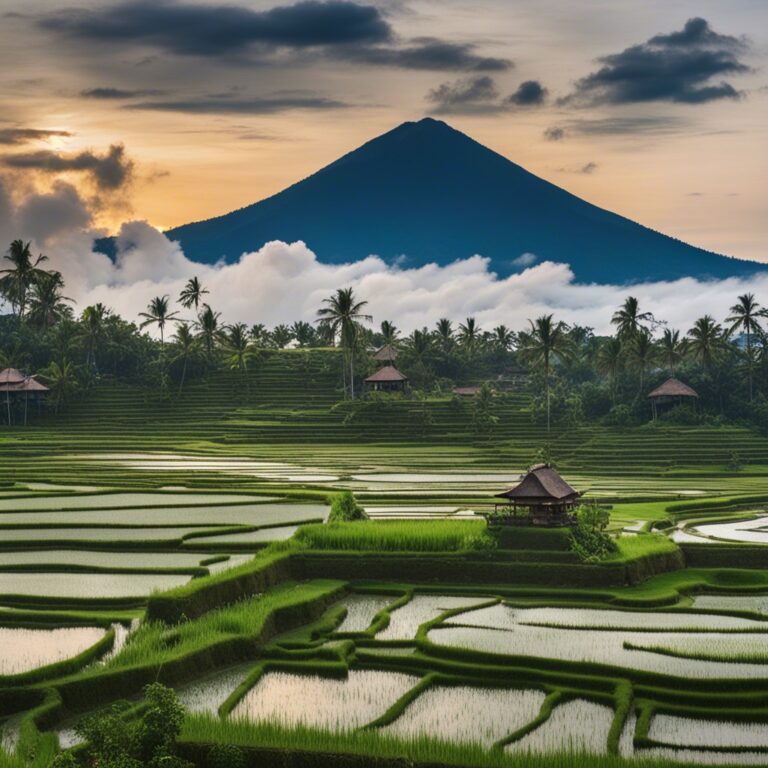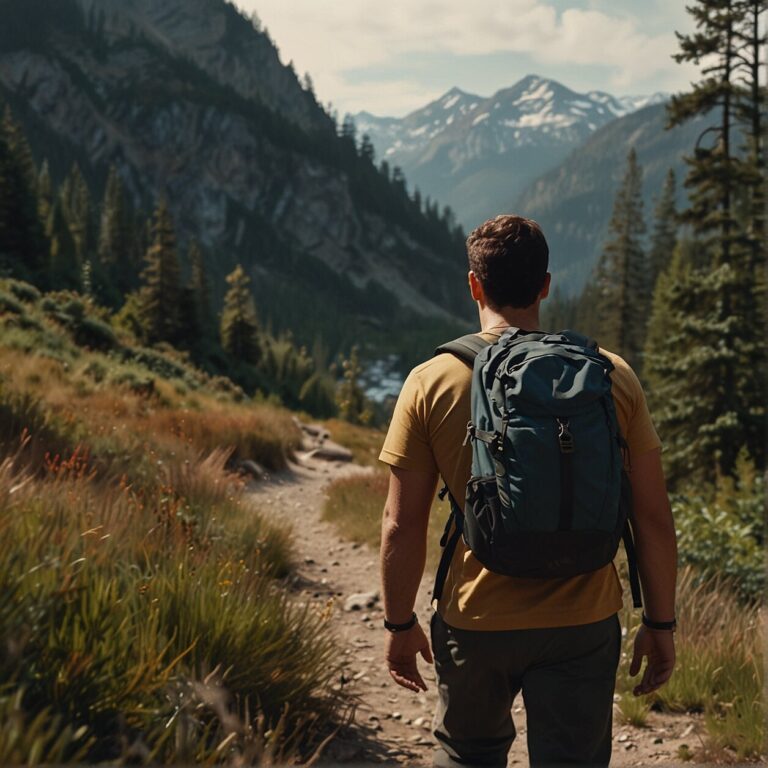Road-Tripping the Milky Way: Best U.S Highways for Star Gazing
In the haste and bustle of daily living, how often do we pause to look up and marvel at the endless expanse above us? Imagine driving along an open highway, with the celestial heavens unfurling like an expansive canvas right before your eyes. Road trips, those long-awaited escapes from the concrete jungle, can offer more than just scenic landscapes and adventurous detours. They can also provide a breathtaking view of the night sky, laced with a multitude of glittering stars, glowing constellations, and perhaps even a glimpse of the elusive Milky Way. This guide promises to take you on a spectacular celestial journey, outlining the best road trip routes in the U.S. that offer stunning night sky views. So strap yourself in and get ready for an adventure that’s literally out of this world.
“The sky calls to us. If we do not destroy ourselves, we will one day venture to the stars.” – Carl Sagan
In this comprehensive guide, you’ll find everything from an array of scenic highways perfect for stargazing, to tips on photographing these awe-inspiring scenes, to packing essentials for your starry sojourn. Feel the thrill of a late-night drive under a celestial canopy. Revel in the beauty of isolated landscapes, and surrender to the serenity that comes with gazing at a sky full of stars. They say that stargazing can have a calming effect, but combine it with the thrill of the open road, and you’ve got an unforgettable experience awaiting you. Whether you’re a serious skywatcher or just someone who appreciates a star-dusted night, this guide will transform the way you plan your next road trip.
Mapping Out Your Starry Route: Planning Essentials
Embarking on a starry road trip depends on careful planning to ensure the best possible experience. So, where do you start your journey to the heavens?
First and foremost, it’s important to pick a destination known for its clear and dark skies, which offer the perfect canvas for those shimmering stars. This might take you across state borders to places where light pollution is minimal or practically non-existent. International Dark Sky Places, recognized and certified by the International Dark-Sky Association (IDA), are some of the best options. These include Sanctuaries, Reserves, Dark Sky Parks, Urban Night Sky Places, and International Dark Sky Communities. Each of these designations assures unspoiled views of our galaxy and the cosmos beyond.
Aside from the destination, timing is key to getting the full astronomical experience. Pay attention to phases of the moon – a full or nearly full moon can drown out the light of the stars. On the contrary, darker lunar phases or new moons provide the greatest visibility of the stars.
Consider the season as well. Some celestial bodies, including specific planets and constellations, are more visible at certain times of the year. You wouldn’t want to head out for your road trip only to find out your favorite star cluster isn’t currently visible, would you?
Factoring in weather is another key part of planning. Clear skies without clouds are the best for stargazing. So before you hit the road, keep an eye on weather forecasts and aim to travel during the dry season in your chosen destination.
Lastly, but certainly not the least, it’s crucial to map out your route accordingly. Ensure you have ample spots to stop and gaze, overnight rest stations, refreshment points and, possibly, locations of interest during daylight hours. This will make your star-lit road trip both enchanting by night and enjoyable by day!
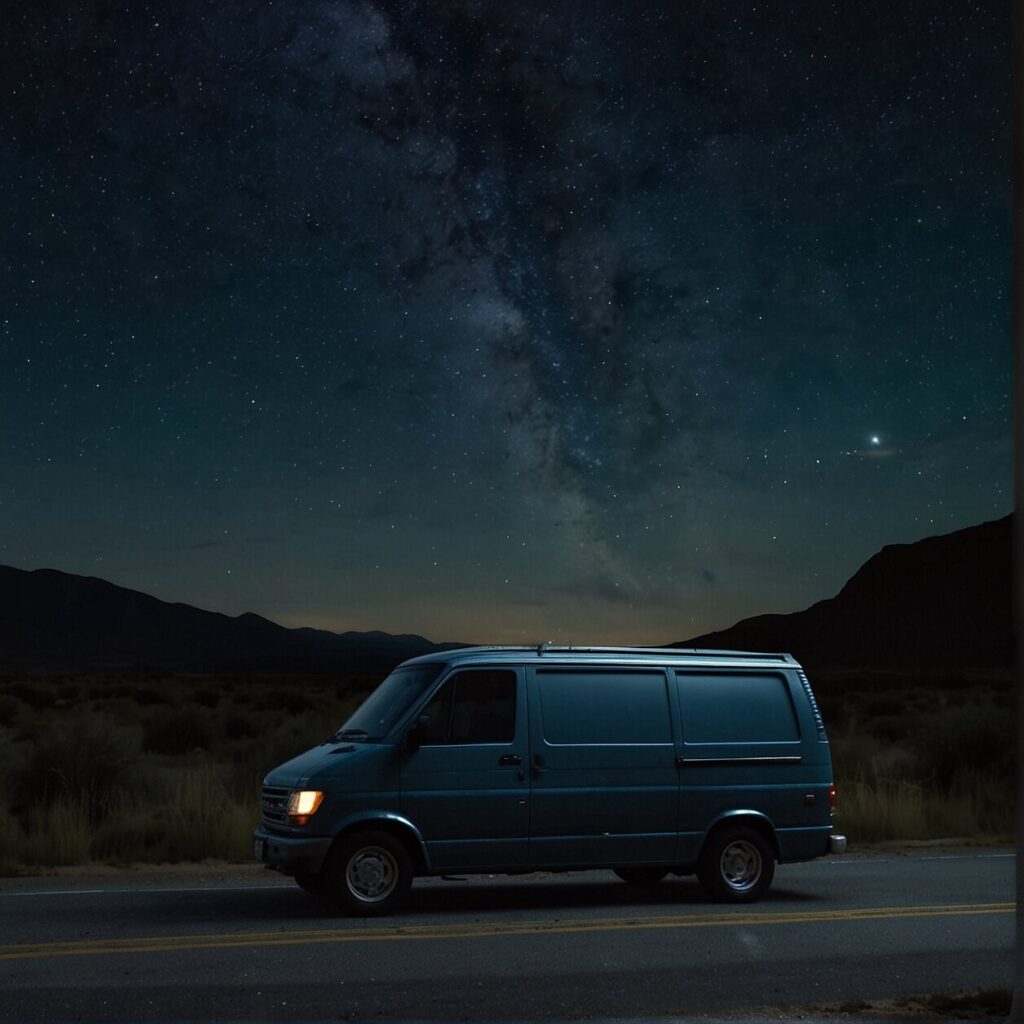
The Milky Way Up Close: Best Places to See the Galaxy in the U.S
There’s an incredible array of places across the U.S. where you can get a front-row seat to viewing the majestic Milky Way. Let’s discover some of these breathtaking locations just waiting to give you that perfect night sky view.
Great Basin National Park in Nevada, designated as an International Dark Sky Park, is a premier destination for stargazers. Its Mather Overlook provides a sprawling stage for the celestial ballet performed by the stars. The park’s ultra-dark skies offer the perfect backdrop to marvel at the Milky Way’s brilliance.
Further south, the Grand Canyon National Park in Arizona, another International Dark Sky Park, uniquely combines iconic vistas and unspoiled night skies. As night falls, the canyon’s dramatic landscapes resign their visual dominance to the overhead spectacle of galaxies and stars.
Moving into the heart of Texas, the Big Bend National Park enchants with some of the darkest skies in the country. Secluded in the southwest, its desert landscapes reduce light clutter, letting the cosmic panorama truly take center stage.
If you find yourself in the northeast, Cherry Springs State Park in Pennsylvania offers an Astronomy Observation Field specifically designed for night sky enthusiasts. On clear nights, you might be incredibly lucky to catch a glimpse of the awe-inspiring northern lights.
For a different kind of experience, Great Sand Dunes National Park and Preserve in Colorado marries the grandeur of towering sand dunes with the splendor of the night sky. This International Dark Sky Park is a true testament to the beauty of America’s diverse landscapes.
Finally, the Glacier National Park in Montana completes our stargazing journey. It is another impressive International Dark Sky Park, with dark, clear skies that play host to millions of glittering stars.
Remember that while these destinations offer awe-inspiring sights, the journey to them can be just as astonishing. Make sure each road trip becomes a memorable journey under the stars.
Journey Through the Stars: Scenic Highways for Stargazing
Continuing your adventurous journey, the U.S. has a fantastic assortment of highways crossing through or located near the International Dark Sky Parks, making them perfect road trip routes for stargazing. Let’s uncover some of these scenic routes for our night sky tour.
The beautiful Big Bend National Park in southwest Texas is home to one of the darkest skies in all of the U.S. To reach this stargazers’ paradise, you might take the scenic route along Route 385, which provides direct access to the Park. The journey itself is filled with stunning landscapes and its remote location means minimal light pollution to interfere with your stargazing.
Another highly recommended location for stargazing is the Grand Canyon National Park in Arizona. The drive along US Highway 180 and Arizona State Route 64 present unobstructed night sky views, thus proving to be an exciting addition to your road trip. This Dark Sky Park offers stunning vistas and trails that further allow you to immerse yourself in the natural beauty.
Should your travels take you further north-east, do not miss out on the Cherry Springs State Park in Pennsylvania. The park, which can be accessed via Route 44, boasts an Astronomy Observation Field and even the chance to witness the incredible spectacle of the northern lights.
The Stephen C. Foster State Park in Georgia is another treasure trove for stargazers. Nestled amidst the Okefenokee Swamp, this park offers an enticing journey along the GA-177. The minimal light pollution here means clear and invariably spectacular astronomical sights.
For a journey west, consider stopping by the Great Basin National Park in Nevada. Arriving via US Highway 50 and Nevada State Route 487 provides the most dramatic landscapes to enhance your celestial spectacle experience. Particularly, the Mather Overlook is a fantastic spot for a night under the stars.
In summary, the thrill of a road trip mixed with the awe-inspiring beauty of the starlit sky makes an indulgence too delightful to forgo. So, get prepared, plan that enchanting nocturnal adventure, and drive through the canvas of the night sky!
Getting the Best Views: Tips for Night Sky Photography on Road Trips
Whether you are an astronomy enthusiast or a photography amateur, capturing the beauty of the starlit sky is an absolute thrill. Any successful night sky photography, however, requires some preparation. Here’s where these tips come in handy.
Understand the Basics
Make sure you know your camera well. Most smartphone cameras aren’t equipped to capture night skies adequately, so a DSLR or mirrorless camera would be the best option. Setting your camera to manual mode gives you the most control. Remember, a wide-angle lens, sturdy tripod, and a remote shutter release can greatly enhance the quality of your shots.
Set Your Camera Correctly
When it comes to settings, start with a high ISO, around 1600 for most cameras, and a wide aperture (small f number). This allows the camera to capture as much light as possible. Set a long shutter speed, somewhere between 15 and 30 seconds, so that your camera gets sufficient time to gather light from those distant stars without creating star trails.
Find the Right Spot
Positioning is crucial. Choose a location far from city lights to avoid light pollution. National parks such as the Grand Canyon National Park in Arizona, the Great Basin National Park in Nevada or Big Bend National Park in Texas are excellent options in this regard.
Enhance with Post-Processing
It’s often challenging to capture the beauty of a night sky fully in one shot. Employ some photo-editing software once you’re home to adjust exposure, bring out colors, and reduce noise. Whether it’s beginner-friendly software like Lightroom or more advanced programs like Astro Pixel Processor, post-processing is a powerful tool to enhance your images.
Remember, patience there is a key. You might not get the perfect shot on your first attempt, but don’t be disheartened. Keep experimenting with different settings and locations. Your perfect starry night capture is out there, waiting for you.
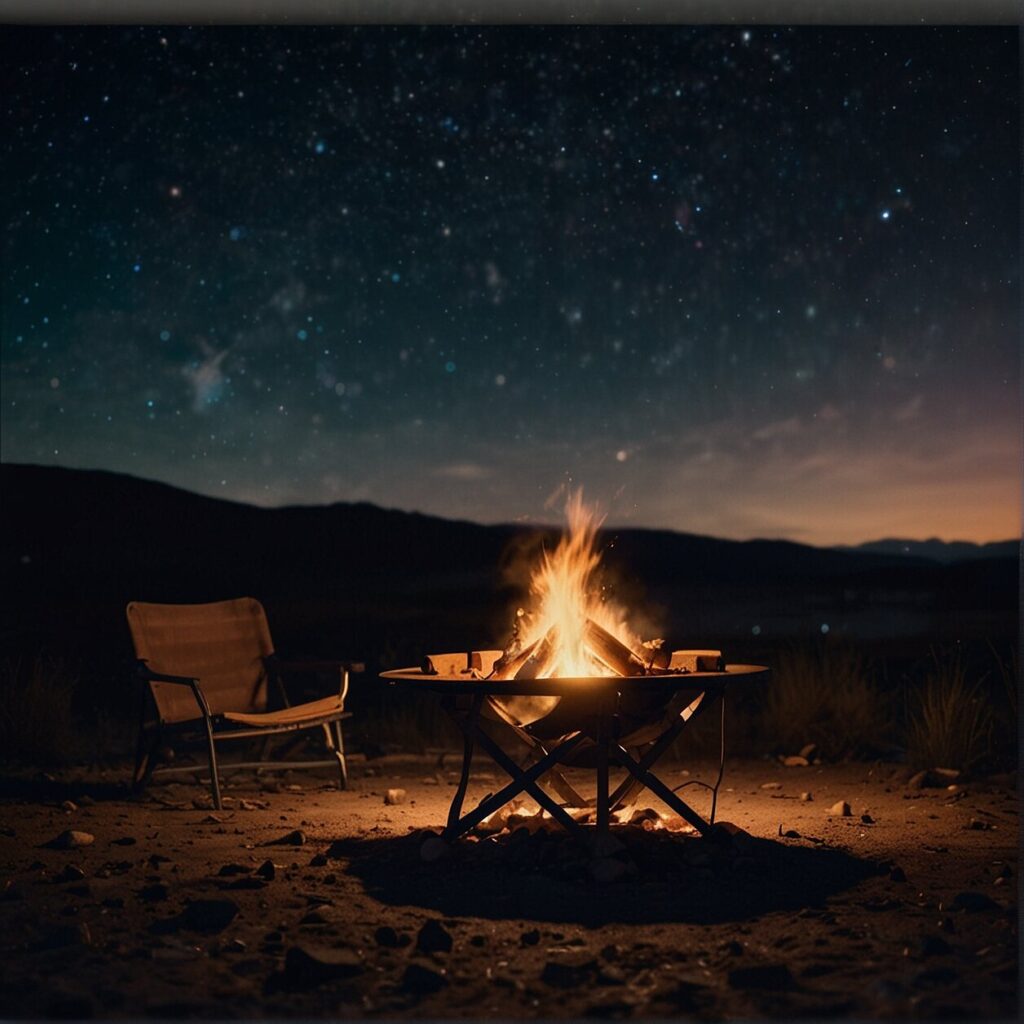
The Night Sky Through Your Windshield: Road Trip Packing Essentials for Star Gazers
Embracing the magic of night skies requires a few items beyond the usual road trip essentials. These will transform your ordinary journey into a remarkable stargazing adventure.
Stargazing Tools
Beginning with necessary tools, a star chart or app is crucial for identifying constellations and planetary bodies. Pair this with a red LED flashlight to preserve your night vision while using the chart.
Comfort Essentials
Don’t underestimate the importance of comfort when gazing at the stars for extended periods. Bring a reclining lawn chair or an inflatable camping lounger for a relaxed viewing position. Warm blankets and clothing are also a must, since night temperatures can drop significantly.
Photography Gear
If you plan on snapping some stellar night photos, pack a suitable camera (preferably a DSLR), a sturdy tripod, and a remote shutter release to avoid blurry shots. Even if you’re not an expert, a little practice can result in breathtaking photos.
Food and Drinks
A thermos of hot chocolate or coffee can be a lifesaver on those colder nights. Couple it with some comfy blankets, snacks to munch on and you are all set for your celestial viewing party.
Sky Preserving Tools
Protecting our night skies from light pollution is not solely the responsibility of official organizations. You too can promote dark-sky preservation by using lighting fixtures that are shielded to direct light downward. This will not only help in reducing light pollution but will also enhance your stargazing experience.
The key to a memorable road trip under the stars is preparation, so use this list as a starter guide, and don’t forget to research more. Let the whispers of the galaxy guide you on your journey.
FAQ’S
You have embarked on your journey through the article, and your curiosity has ignited like a candle in the darkest of nights. It’s natural to have lingering curiosity even after euphoria. Like the stars that dot the cosmic highways, every question holds its own unique importance and deserves a well-lit answer. In this section, just like a twinkling constellation, we connect the dots of your most frequently asked questions about road trip routes that offer stunning night sky views in the U.S.
Which U.S highways offer the clearest views of the Milky Way?
You’re in luck if your trail allows you to transit through scenic U.S. highways with little light pollution that showcase the stunning Milky Way in all its glory. To aid you on your stargazing journey, here are some roads worth considering:
First on the list would be the All-American Road Scenic Byway 12 in Utah, located near Bryce Canyon National Park, an International Dark Sky Park. As its name implies, the road itself offers awe-inspiring vistas aside from a clear view of the Milky Way.
If you happen to be planning a winter road trip, the Icefields Parkway (Highway 93 North) in Montana is a great route to take. This highway is located near Glacier National Park, another top-rated International Dark Sky Park. There’s a certain magic to viewing the glistening Milky Way contrasted against the snowy landscape.
Meanwhile, in Texas, set course to the Ross Maxwell Scenic Drive in Big Bend National Park, renowned for its breathtakingly clear night sky views. In Arizona, the Desert View Drive in Grand Canyon National Park provides an unparalleled stargazing experience.
Lastly, try the State Route 488 leading to Cherry Springs State Park in Pennysylvania. The drive culminates in the Astronomy Observation Field, an area specifically designed for stargazers like you to see sights like the northern lights and, of course, the Milky Way.
Speaking of which, always note that accomplishing your goal isn’t just about which highway you take, but also about the quality of the dark sky environment. Consider the moon phase and weather conditions along your trip. Cloudless skies and a new moon phase provide the best backgrounds for the breathtaking Milky Way. Happy stargazing!
What time of year is best for stargazing on a U.S road trip?
By and large, the most opportune period for stargazing in the U.S. varies depending on the specific location. However, many experienced star gazers find that the summer and early autumn months often provide incredibly clear skies suitable for observing the astral wonders above. During these seasons, the Milky Way is most visible, offering a mesmerizing panorama of natural beauty. It’s really a sight that leaves many speechless.
Keep in mind though that clear nights are paramount for a successful stargazing session. Ensure to check local weather conditions before setting out on your night sky adventures. Overcast or rainy days can seriously hamper visibility, leading to less than stellar views. Of course, more than just the time of year affects stargazing quality– factors such as light pollution and moon phases also play an integral role.
But no matter when you choose to go, remember that the obsidian-like darkness of the sky, dotted with a myriad of stars, is a testament to our universe’s vastness and grandeur. Basically, any opportunity to immerse yourself in this cosmic spectacle is truly rewarding. So pack up, hit the road, and let the cosmos reveal its wonders to you.
Are there any specific equipment or tools needed for star gazing on a road trip?
Definitely! Star gazing on a road trip is much like taking a walk through a forest at night. Just as you’d need a flashlight to guide your path, you’d need some equipment to enhance your experience under the stars. Here are some of the tools you might find useful.
A good pair of binoculars is an essential tool for any star gazing trip. They can significantly enhance the details of celestial bodies, allowing you to notice more than with the naked eye. Additionally, binoculars are a lighter and more portable alternative to telescopes, making them ideal for road trips.
If you’re more passionate about stargazing and wouldn’t mind carrying a bit of extra weight, consider packing a portable telescope. Most telescopes designed for road trips are compact, light and can be easily set up. Having a telescope at your disposal means having access to deep sky objects such as galaxies, distant stars, and nebulae.
Last but not least, Sky maps, or star charts, are fantastic aids for any stargazing trip. These resources provide a map of the stars, constellations and other celestial bodies, making it easier to locate interesting objects in the sky. You can either carry a physical map or download one of the many sky-gazing applications available for smartphones. Both options are practical, but an application comes with added features such as augmented reality views and automatic updates based on your location and the date.
Remember, the stars are our last remaining connection to the unknown, so keeping the above tools handy on your road trip is sure to enhance your stargazing experience. Happy gazing!
What safety precautions should I take when star gazing on a road trip?
Your road trip into the star-studded night is beyond exciting. But remember, safety always comes first. Let’s explore some must-follow safety precautions to ensure a carefree and delightful stargazing experience.
Stay Alert: Firstly, especially when driving at night, ensure you’re well-rested. Drowsiness compromises your driving skills, making a bad mix with the mesmerizing twinkling sky above. Whenever you feel tired, pull over in a safe area and rest before hitting the road again.
Choose Safe Spots: Double-check that the areas you’ve chosen for observing the night sky are safe with no imminent hazards. From wildlife to uneven terrain, the great outdoors can present risks if not handled carefully.
Maintain Visibility: Despite our objective being to reduce artificial light to a bare minimum, it’s still essential to have availability of light sources for safety. A reliable flashlight, preferably with a red light mode to preserve night vision, is an absolute must-have.
Be Prepared for the Weather: Provision for shifts in weather. It’s not uncommon for clear, starry nights to quickly turn chilly or for an unexpected weather change. Carry extra layers for warmth and rain gear, just in case.
Plan your Route: Plan your route in advance and share the it with someone who’s not embarking on the journey. In the unlikely event of something going awry, they’ll have an itinerary to provide to the right authorities.
Wildlife Considerations: Be aware of local wildlife. Do not leave food out, use bear-proof storage in areas where they may be present, and never approach or attempt to feed wild animals.
Stargazing is all about creating unforgettable memories with the night sky on road trips. With calculated precautions, you can ensure the focus stays on enjoying the heavenly spectacle.
Are there any recommended accommodations along these highways for stargazing?
You bet there are! Many of these star-studded routes are not only home to celestial spectacles, but also accommodate a range of fantastic lodgings that provide excellent access to these stunning views.
For instance, after an evening under the inky-black skies of Grand Canyon National Park, you may wish to rest in one the park’s own lodgings such as the historic El Tovar Hotel or the rustic Bright Angel Lodge. Many of these accommodations come complete with stunning canyon views that you can enjoy during daylight hours before the stars take the stage.
Over at Stephen C. Foster State Park, the Stephen C. Foster Cabins provide a comfortable stay under unspoiled dark skies. Located right within the park, these cabins come equipped with essential amenities and offer direct access to the Okefenokee wilderness, where stargazing opportunities are aplenty.
For northeastern stargazers exploring the Cherry Springs State Park, Cherry Springs Lodge – located a few miles away from the park’s Astronomy Observation Field – provides cosy accommodation with easy access to the dark skies above. The lodge also offers stargazing tours and equipment, making your celestial journey even more convenient and exciting.
Lastly, if you’re traveling to Great Basin National Park, one great place to stay could be the Hidden Canyon Retreat. Apart from providing upscale rustic accomodations nestled amidst mountain wilderness, it’s also located just under an hour drive away from the Mather Overlook stargazing spot. Don’t forget, staying close to these places allows for uninterrupted access to the night sky, enhancing your stargazing experience.

